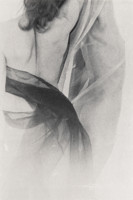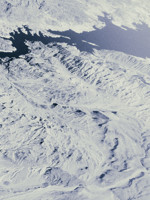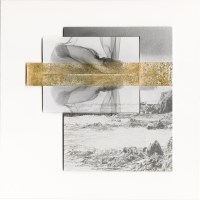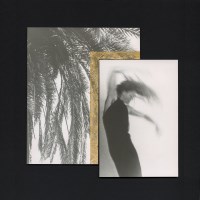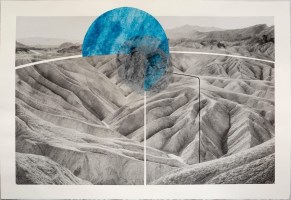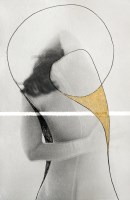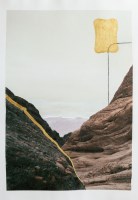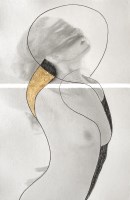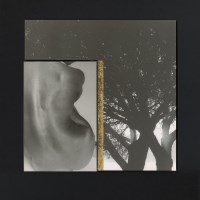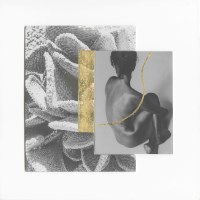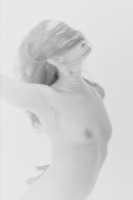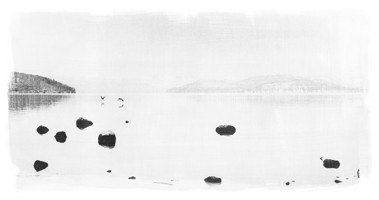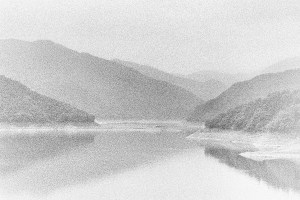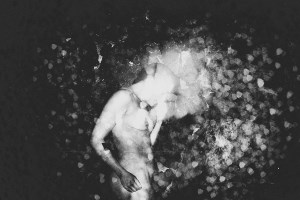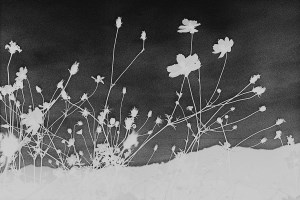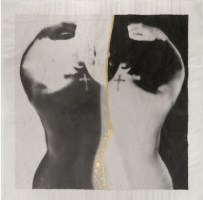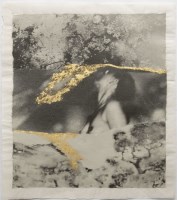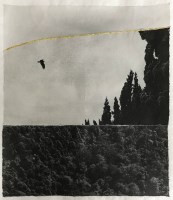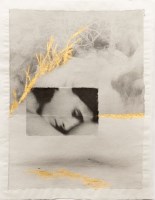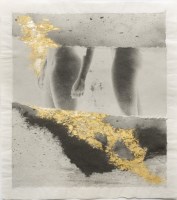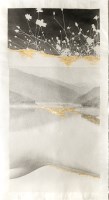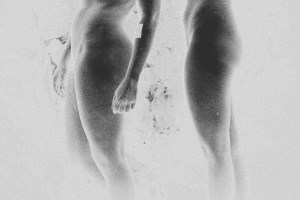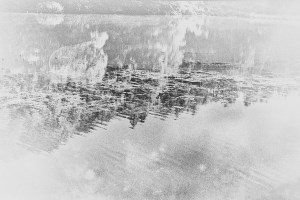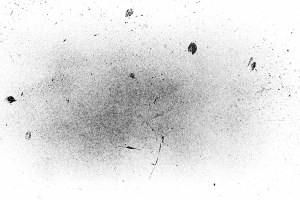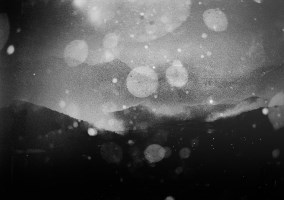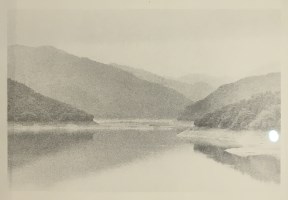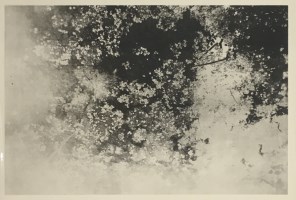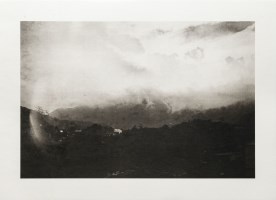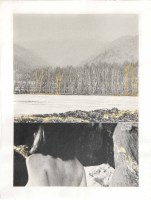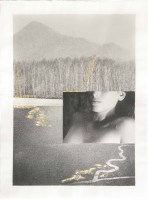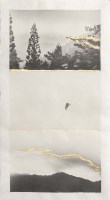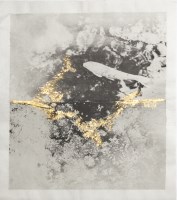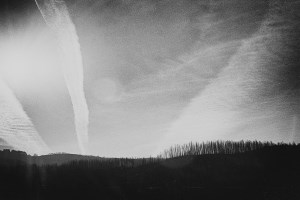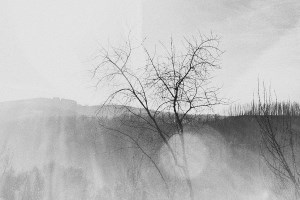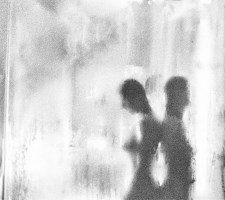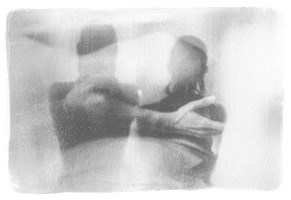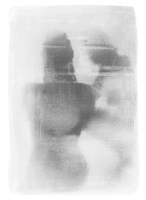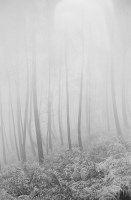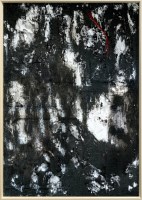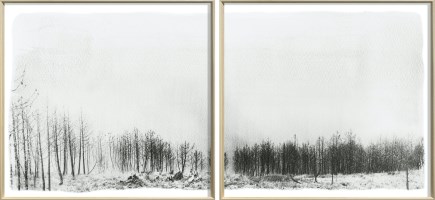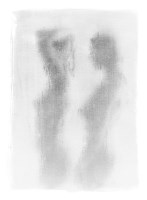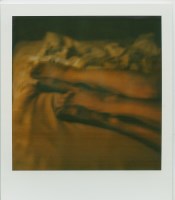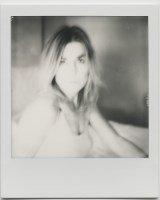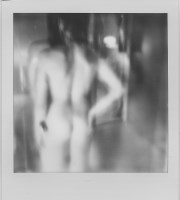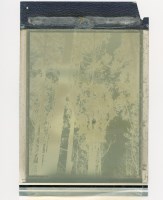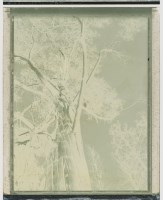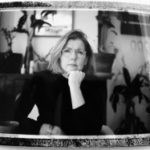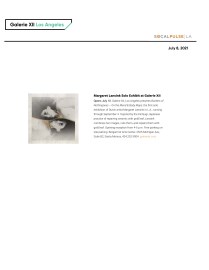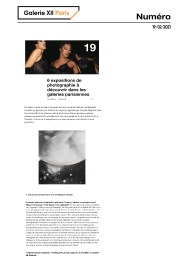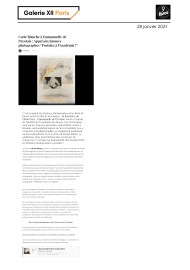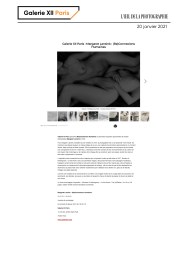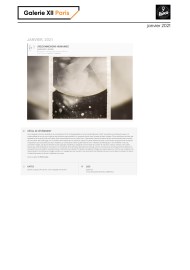Margaret Lansink
-
Selected Works
Friction, 2022
When reading the texts of Simone de Beauvoir, I sometimes feel as if my own inner thoughts about life are being voiced. The core of her philosophy is close to my heart: ‘Life is a process of becoming, of eternal becoming’.
This raises the question why we humans often refuse the simple notion that change is something unavoidable? Is it the fear of the uncertainty or the unknown? For leaving safety and comfort behind? Yet, no day is the same. Tomorrow will be different from today or yesterday. No individual is ever the same. Nobody is yesterday’s version. As Simone de Beauvoir wrote: ‘If I read my diary from yesterday; it is if I look at mummies of deceased versions of my ‘self`’.
By emerging myself in Nature, I move into a different time, sync with the slow rhythm of Nature and become deeply aware of her beauty, her changes and the interconnectedness in the smallest of details. In Nature I can embrace my own impermanence and feel inspiration for my own process of becoming. Nature however seems not to be fazed by me, my existence, my dreams, desires or fears. It appears to live in a completely different time frame.
For me, this is the friction of synchronising the eternal becoming of humankind with Nature. In Friction I juxtapose our human time by photographing professional ballet dancers (who had to retire at the age of 35) with images of the harsh nature of Death Valley and other places, where time seems to play no apparent role. Together they present the friction we as humans need to overcome to be able to continue to live on our planet.
Borders of Nothingness - On the Mend
In the infinite low of everything, people come and go in our lives. While the presence of some can be so subtle that we hardly register when it begins or ends, with others it’s far clearer: they enter, or leave, with a bang. In Borders of Nothingness, Margaret Lansink dwells in the transitional ambiguity of her adult daughter’s decision to suspend contact with her, photographing landscapes and nude women whose disappearing presence raises the same haunted question: is this the moment you were gone? As time passed, Lansink and her daughter reconnected to investigate whether their break could be mended. Lansink then began to revisit and reinterpret Borders of Nothingness in a physical practice that mirrored their emotional efforts of healing. Working from the Japanese practice of repairing ceramics with gold leaf, she combines her images, severs them, and mends their breaks with gold leaf to put hope into the possibility of a bond that is stronger and more beautiful because it had once been broken.
Bodymaps
In every phase of life, the essence of life is different. But what’s the essence of life if you grow older? When a certain age seems to be a signal for society to move you to its fringes. When you are young, you can conquer the world. You determine and everything seems feasible, seems adaptable to your wishes in that particular moment. Instant happiness is in your own hands. When you are older, you still have the desire to be seen, to be recognized by that same society. For what you are. For who you are. Do you hide your real age (with the aid of cosmetic intervention), do you accept society or do you fight these (unwritten) rules of society. Bodymaps is Lansink’s visual interpretation of this ambivalence, showing compassion for women in their later stage of life. When aging and the visible traces of life are evident. Her images seem to ponder; ‘do you hide these traces and scars or do you show and cherish them as memories of your life?’ Lansink interconnects these very feminine images with close up of traces from Mother Nature where human intervention has left deep, almost irreversible impact. Seemingly suggesting we better not intervene with nature’s processes of aging but instead show respect and embrace its outcome.
About the technique.
Polaroids
-
Biography
Biography
Netherlands , 1961
Margaret Lansink is a fine art photographer who graduated PhotoAcademy Amsterdam in 2012. She studied in 2016 at LeMasterklass Paris and in 2020 at the Masterclass of Smedsby Atelier, also in Paris. The works of Margaret have been awarded with Hariban Award 2019 (Borders of Nothingness - On the Mend). Lansink participates in exhibitions, residencies and competitions in Holland and abroad. Her work has been shown in Amsterdam, Rotterdam, Leiden, Den Helder, Antwerp, Arles, UK, New York, Vancouver, Japan, Tbilisi, Kaunas and Barcelona. In 2016 she has been rewarded with an AIR with the Kaunas Gallery in Lithuania (november 2016) and with Shiro Oni Studio in Japan (august 2017); both for her project ‘the Kindness of One’. She has published 5 books and one more book will be launched in May 2020. Margaret is member of FemmesPHOTOgraphes Paris and member/founder of iwi_collective. Additionally, she often coaches young photographers in developing their signature and portfolio. Who we are is often determined by our social environment and (family) history. How we build our self-esteem, often determines how we look to the outside world and how we react to the other. In her work, Lansink explores these relationships, trying to bridge the personal and universal. The way she photographs is purely intuitive; her images present an open and honest reflection of her own inner emotions at a certain time, space and interaction. Shot as self-portraits in the broadest sense of the word. With this intuitive way of photography she invites the spectator to embark on a journey through his/her own intricate web of memories, emotions, expectations, fears and desires. Margaret Lansink uses various analogue camera’s to capture the different atmospheres of her inner emotions. Giving the images the freedom to act as an overflow from reality to dream and vice versa. More and more she experiments with her images, with paint, goldleaf, charcoal as well as with liquid light in the darkroom. -
Exhibitions
Exhibitions and Fairs
2023 | Friction by Maragaret Lansink | Galerie XII Paris
2023 | Photo Basel 2023 | Volkshaus Basel, Rebgasse 12-14, 4058 Basel, Switzerland
2023 | PHOTO LONDON 2023 | Somerset House - South Building, Strand, London WC2R 1LA
2022 | Moderne Art Fair 2022 | Place de l'Etoile - 10, Avenue de la Grande Armée, Paris 75017
2022 | Expolaroïd | Galerie XII Paris
2021 | MIA Fair 2021 | Via Moncucco 35, 20124 Milano
2021 | On the Mend - Bodymaps | Galerie XII Los Angeles
2021 | Art Up Lille | Lille Grand Palais, stand E2
2021 | Borders of Nothingness | Galerie XII Paris
-
Press
